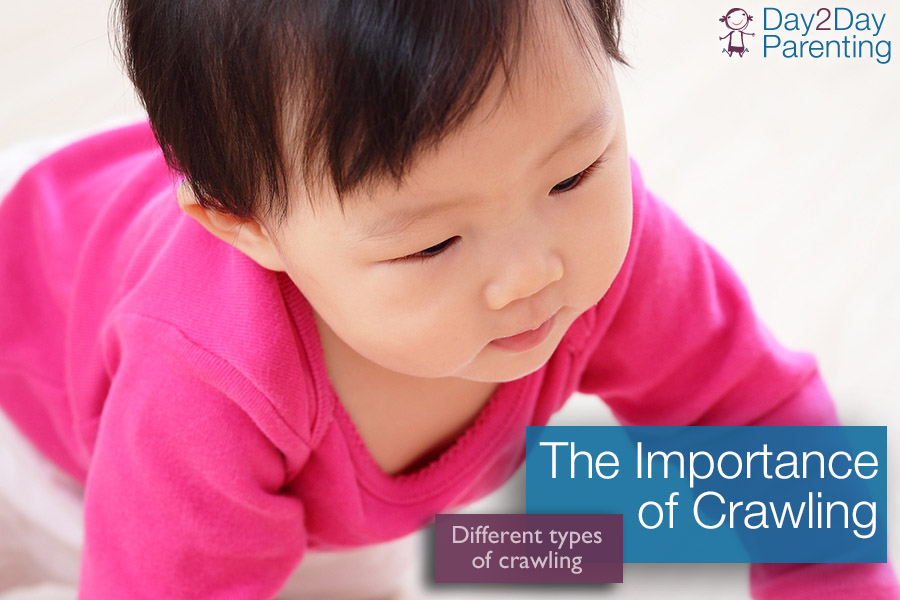The Importance of Crawling
Most babies learn to crawl sometime between the ages of 6-10 months. Some children bypass crawling and go straight to walking, but is that such a good thing? Research varies, but most therapists will agree that crawling is an important developmental milestone which should not be skipped, as it relates to other areas of development like eye-hand coordination and even later reading & writing. Children use binocular vision when crawling, which means they look forward to where they are going and then back down at their hands again. Much later children will use this skill in school, by looking up at the blackboard and then back down at their papers to write something. There has been some recent research relating a lack of crawling to some diagnoses such as ADD/ADHD and also autistic spectrum disorders, but we will cover that in a future article.
Different Types of Crawling
Not all babies crawl in the traditional manner, which is on their hand and knees. Some babies belly scoot/combat crawl, some scoot on their bottoms using their hands to propel themselves forward, some babies “bear crawl” on hands and feet and still others “crab crawl” with one knee down in crawling position and the other foot in a standing position on the floor. There are many other types of crawling, and while atypical crawling patterns do not necessarily indicate a problem, asymmetry in crawling can be a red flag, so if you have concerns about the way your baby is crawling do seek the advice of your pediatrician or have your baby evaluated by a pediatric physical therapist.
We can go back to the importance of “tummy time,” because infants who did not spend time on their belly may find crawling more challenging. When a baby is placed on his belly the baby will instinctively lift his head (which helps develop his neck muscles), push up with his arms (which helps develop his hand, arm and chest muscles) and will push off the floor with his legs (which helps develop his leg and hip muscles).
Most babies will crawl when they are ready, but there are some ways you can encourage crawling in young babies:
- Give your baby plenty of tummy time during waking hours and limit use of swings, bouncers and exersaucers.
- Make sure you have plenty of floor space for the baby to move around in.
- When baby is on his belly place toys just out of his reach to the front, but also to the left and right sides to encourage him to move forward and also pivot his body.
- Place mirrors on the floor up against a couch to entice the baby to move.
- Get down on the floor with your baby for play, after all, the sight of a parent is often more motivating than any toy at this young age.
- Place your baby over your lower leg, a towel roll or a small play ball so that his hand and knees touch the floor and gently rock him back and forth while singing Row Your Boat.
- As baby gets stronger, use tunnels or open ended cardboard boxes for him to crawl through to make it fun.
Not all babies will crawl, and not all babies who do not crawl will have later developmental problems, but crawling IS important so DO encourage it with your baby!

